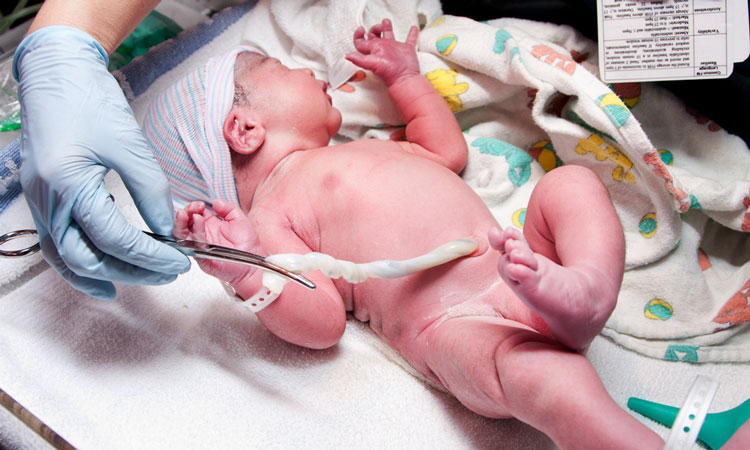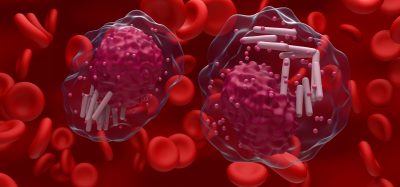Umbilical cord stem cells used for early repair of cleft palate
Posted: 3 October 2018 | Drug Target Review | No comments yet
Stem cells harvested from the umbilical cord after birth could lead to a therapy to treat cleft lip and palate without the traditional surgery…


A technique using stem cells from the umbilical cord blood could be an approach towards repairing cleft palate in babies.
Researchers at the Hospital De San José, Bogota, Colombia showed the stem cell procedure provides good results in growing new bone to close the upper jaw cleft and could result in the avoidance of bone graft surgery.
Dr Alejandro Garcia Botero and colleagues report their experience using the therapy with an infant with cleft lip and palate, diagnosed before birth by ultrasound. The baby had an alveolar cleft which involved an area of bone where teeth are located.
“Since the age is that of the newborn, [umbilical cord stem cells] have a greater potential to regenerate the organism,” Dr Botero and coauthors write.
After the delivery of the baby, a sample of the umbilical cord blood was collected and frozen to preserve them for later use. For the first few months, the infant underwent a nonsurgical “nasoalveolar shaping” procedure to align the soft tissues of the upper jaw.
Once the baby had reached the age of 5 months, the sample was thawed and used as part of a ‘boneless bone grafting’ surgery, gingivoperiostioplasty.
Umbilical cord blood is a rich source of stem cells which have the potential to develop into many specialised cells in the body, including bone and cartilage.
The thawed stem cells were placed in a pocket of soft tissue bridging the gap in the upper jaw. A piece of Gelfoam (absorbable material) was used as a scaffold to guide the growth of the new bone across the cleft palate.
The researchers performed this procedure at the same time as cheiloplasty surgery correcting the cleft lip. They mentioned that the major advantage of this stem cell procedure is the avoidance of later bone grafting surgery, where bone is taken from elsewhere in a child and is used to close the cleft. This type of procedure carries its own risks and complications.
Dr Botero and colleagues note that their patient will need further monitoring to ensure adequate bone thickness in the upper jaw.
The study was published in The Journal of Craniofacial Surgery.
Related topics
Disease Research, Research & Development, Stem Cells, Therapeutics
Related conditions
cleft lip, cleft palate
Related organisations
Bogota, Hospital De San José
Related people
Dr Alejandro Garcia Botero








